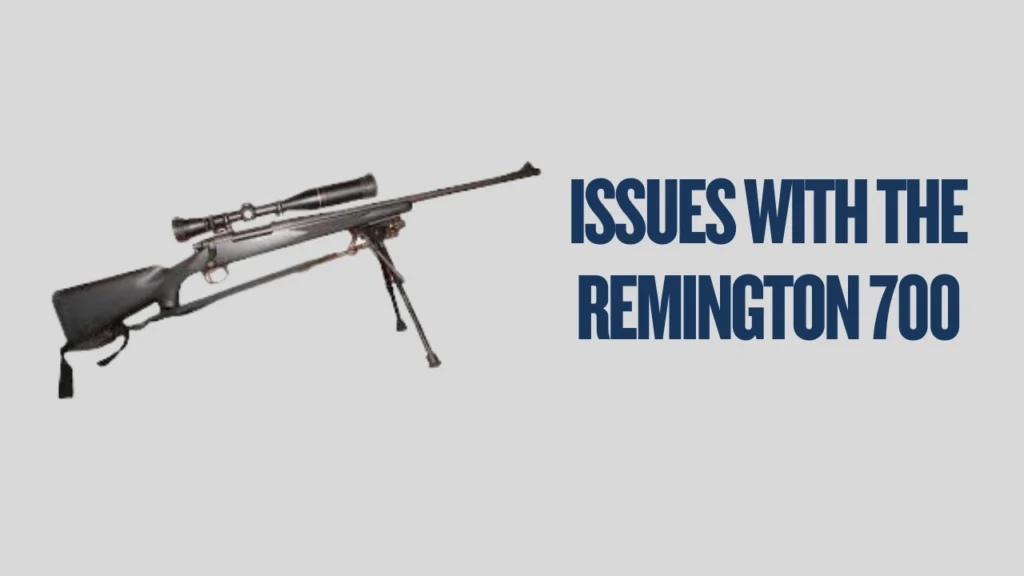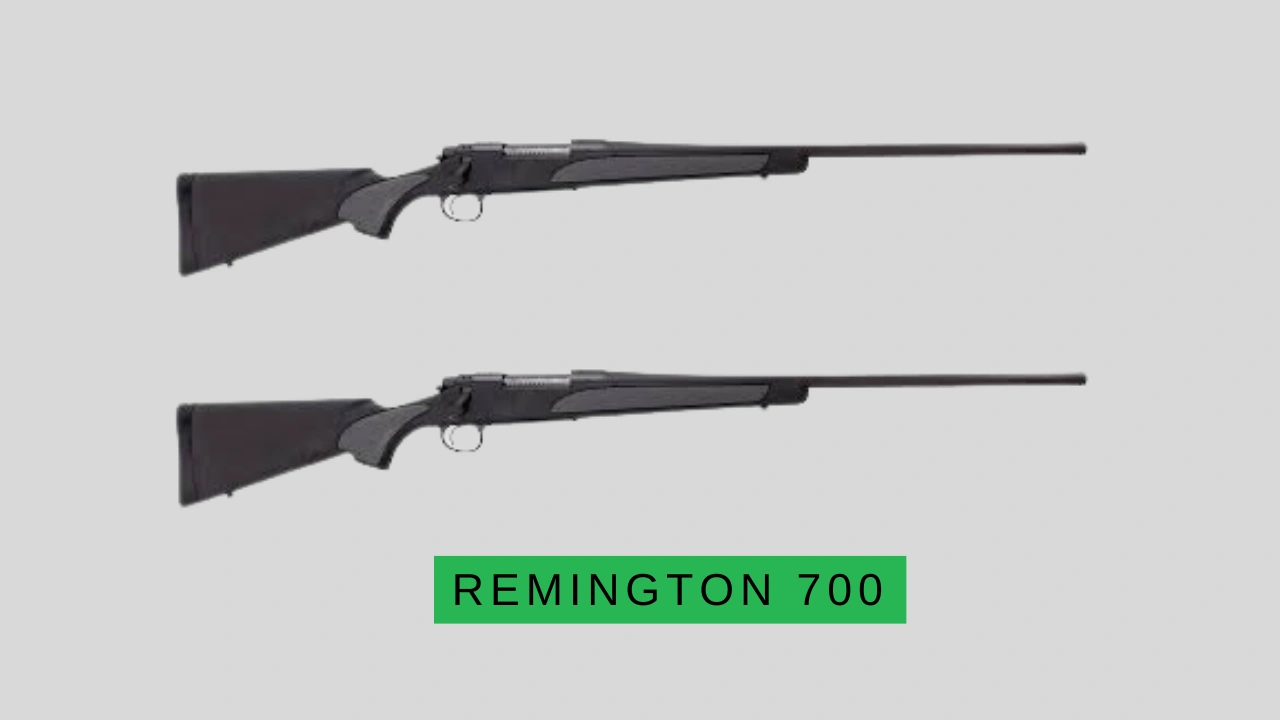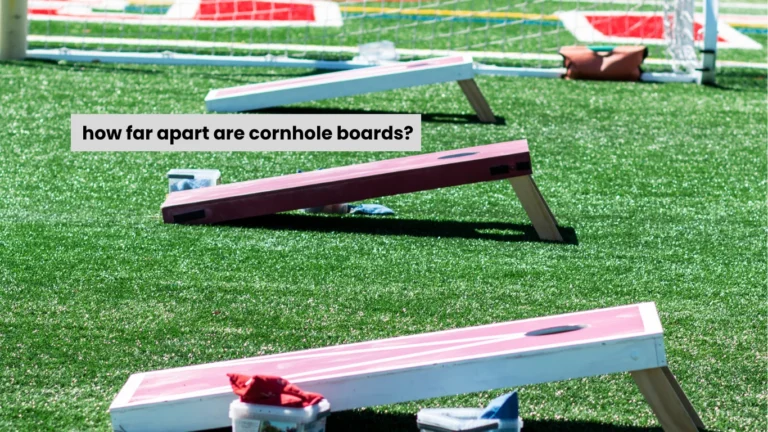Remington 700: The Ultimate Guide to Features & Accuracy
The Remington 700 is one of the most iconic bolt-action rifles ever made. Known for its rifle accuracy, reliability, and customizable features, this firearm has been a favorite among hunters, competitive shooters, and law enforcement professionals for decades.
Whether you’re considering buying one or just want to learn more, this guide will provide a deep dive into the history, key features, and best uses of the Remington 700.
What is the Remington 700?
The Remington 700 is a highly regarded bolt-action rifle known for its rifle accuracy and firearms reliability. First introduced in 1962, it quickly became a favorite among hunters, competitive shooters, and military snipers. Its strong receiver, smooth bolt action, and customizable features make it one of the most versatile rifles available.
Over the decades, the Remington 700 has been used in various applications, from precision shooting competitions to law enforcement operations. Its ability to be modified with aftermarket parts allows shooters to fine-tune it for their specific needs. Whether for hunting, long-range shooting, or tactical purposes, this hunting rifle remains a top choice worldwide.
History and Legacy of the Remington 700
The Remington 700 was first introduced in 1962 as an improvement over previous bolt-action rifles. Designed by Remington Arms, it quickly became a preferred choice for both civilian shooters and military applications.
One of the reasons for its success is its firearms reliability. The rifle’s strong action and smooth bolt operation make it easy to handle and shoot accurately. Over the years, the Remington 700 has been adopted by military and law enforcement agencies worldwide, including the U.S. Marine Corps as part of their sniper rifle program.
Today, the Remington 700 remains a top-selling hunting rifle and is widely used for precision shooting competitions. Its ability to be customized makes it a highly versatile choice for all levels of shooters.
Key Features and Specifications
The Remington 700 is known for its well-built design and high-performance capabilities. Below is a breakdown of its primary features and specifications:
Key Features
- Bolt-Action Mechanism: Provides a smooth and consistent operation.
- Strong Receiver: Made from high-quality steel for enhanced durability.
- Accurate Barrel: Precision-engineered for consistent rifle accuracy at long distances.
- Adjustable Trigger: Allows shooters to fine-tune their trigger pull for better control.
- Customizable Design: Users can upgrade stocks, scopes, and barrels.
Technical Specifications of Popular Models
| Model | Caliber | Barrel Length (inches) | Weight (lbs) | Best Use |
|---|---|---|---|---|
| Remington 700 ADL | .30-06 Springfield | 24 | 7.3 | Hunting, general use |
| Remington 700 BDL | .308 Winchester | 26 | 8.1 | Long-range precision |
| Remington 700 SPS | 6.5 Creedmoor | 24 | 7.6 | Competitive shooting |
| Remington 700 Police | .300 Win Mag | 26 | 9.2 | Law enforcement, sniping |
The Remington 700 is available in multiple calibers, making it a versatile choice for different types of shooters.
Best Uses of the Remington 700
1. Hunting
The Remington 700 is widely used as a hunting rifle due to its reliability and stopping power. It is effective for hunting deer, elk, and other large game. The rifle’s ability to shoot accurately over long distances makes it ideal for hunters who need precision.
2. Competitive and Precision Shooting
Many competitive shooters prefer the Remington 700 for precision shooting competitions. The rifle’s rifle accuracy and customizability allow shooters to fine-tune their setup for superior performance in long-range shooting events.
3. Tactical and Law Enforcement Applications
The Remington 700 is commonly used by law enforcement and military snipers. Its firearms reliability and ability to maintain accuracy at long distances make it a trusted tool for tactical operations.
4. Custom Builds and Modifications
The Remington 700 is one of the most customizable bolt-action rifles available. Many gun enthusiasts modify it by upgrading the stock, barrel, and trigger system to create a highly personalized firearm.
Maintenance and Care Tips
To ensure the Remington maintains its performance, follow these maintenance tips:
- Clean the barrel regularly to prevent fouling and maintain accuracy.
- Lubricate the bolt-action mechanism for smooth operation.
- Inspect the trigger assembly to ensure safety and proper function.
- Store in a dry place to prevent rust and corrosion.
Proper maintenance will help extend the life of your Remington 700 and ensure consistent performance over time.
Common Issues with the Remington 700 and How to Fix Them

The Remington 700 is a reliable and highly regarded bolt-action rifle, but like any firearm, it can experience issues over time. Some problems stem from manufacturing defects, while others result from improper maintenance or extended use. Knowing the most common issues and how to fix them can help owners keep their rifles in peak condition.
1. Trigger Malfunctions and Safety Concerns
One of the most widely discussed issues with the Remington 700 is its trigger mechanism, particularly in older models. Some rifles were affected by a design flaw in the X-Mark Pro trigger, which could cause accidental discharges even when the trigger was not pulled. This led to safety concerns and even recalls by Remington.
How to Fix It:
If you have an older Remington 700, check if it is part of a recall and consider replacing the trigger with a high-quality aftermarket option, such as the Timney or Jewell trigger. Regularly clean and inspect the trigger mechanism to ensure debris or dirt is not interfering with its operation.
2. Bolt Hard to Open or Close
Some owners report that the bolt on their Remington 700 can be difficult to open or close, especially after firing. This issue is often caused by over-tightened action screws, improper ammunition, or fouling inside the chamber. A dirty or worn-out bolt assembly can also contribute to this problem.
How to Fix It:
First, check if the action screws are too tight and loosen them slightly if needed. Ensure that you are using the correct caliber ammunition for your rifle. Clean the chamber and bolt assembly thoroughly to remove dirt, carbon buildup, or rust that could be causing friction. If the problem persists, a gunsmith can polish or adjust the bolt for smoother operation.
3. Accuracy Issues and Inconsistent Groupings
The Remington 700 is known for its rifle accuracy, but some users experience inconsistent shot groupings. This issue can be caused by several factors, including barrel fouling, loose scope mounts, an unstable stock, or a defective factory barrel.
How to Fix It:
Start by cleaning the barrel to remove copper and carbon fouling, which can degrade accuracy over time. Check that your scope is properly mounted and tightened to prevent movement when firing. If your rifle has a synthetic stock, consider bedding it for added stability. Upgrading to a match-grade barrel or adjusting the trigger pull can also significantly improve accuracy.
4. Ejection and Feeding Problems
Some shooters experience failures in case ejection or round feeding, where spent casings do not eject properly or new rounds fail to feed smoothly into the chamber. This can be caused by a worn extractor, a dirty magazine follower, or improper cycling of the bolt.
How to Fix It:
Inspect the extractor for wear and replace it if necessary. Clean the magazine well and ensure the follower moves freely. When cycling the bolt, do so with firm and consistent motion to allow proper feeding and ejection. If the problem continues, consider upgrading to an enhanced bolt assembly with a stronger extractor.
5. Barrel Overheating and Accuracy Drop-Off
Firing multiple rounds in quick succession can cause the Remington 700 barrel to overheat, leading to a loss of accuracy. Thin barrels, commonly found in hunting models, are more prone to overheating compared to heavier-profile barrels designed for long-range shooting.
How to Fix It:
If overheating affects your shooting accuracy, allow the barrel to cool between shots, especially during target practice or competition shooting. Consider using a thicker, fluted barrel that dissipates heat more efficiently. In extreme cases, a free-floating barrel modification can help reduce accuracy loss due to heat expansion.
6. Stock Fitment and Stability Issues
Some factory Remington 700 stocks, particularly in budget models, may not fit securely or provide enough stability for precision shooting. A poorly fitting stock can cause inconsistent rifle accuracy due to movement during recoil.
How to Fix It:
Consider upgrading to an aftermarket stock with pillar bedding or glass bedding to improve stability. Adjustable stocks allow for better ergonomics and can enhance your shooting comfort and control. Some shooters also free-float the barrel to reduce contact points that could impact accuracy.
7. Difficulty in Removing Spent Casings
Another issue some users face is difficulty in removing spent casings from the chamber after firing. This can be caused by high-pressure loads, a dirty chamber, or brass cases expanding due to heat.
How to Fix It:
To prevent stuck casings, avoid using ammunition that produces excessive pressure for your rifle. Clean the chamber regularly with a chamber brush to remove any carbon buildup. Lightly lubricate the chamber, but avoid excessive oil, as it can cause further issues with extraction.
8. Scope Alignment and Zeroing Problems
Shooters sometimes struggle to properly zero their scopes on the Remington 700. If the scope is not aligned correctly, shots may consistently land off-target, even with proper sight adjustments.
How to Fix It:
Ensure that the scope is mounted securely using a quality scope base and rings. If needed, use a torque wrench to apply the correct amount of force to the mounting screws. Bore-sighting before live-fire zeroing can also help align the scope properly. If zeroing issues persist, switching to a high-quality optic may be necessary.
9. Rust and Corrosion on Metal Parts
The Remington 700 is built with durable materials, but exposure to moisture, dirt, and improper storage can lead to rust and corrosion on metal parts. Over time, this can impact the rifle’s performance and longevity.
How to Fix It:
To prevent rust, always store your rifle in a dry place with proper humidity control. After each use, wipe down all metal surfaces with an oiled cloth to prevent oxidation. If rust has already formed, use a mild gun-cleaning solvent and a brass brush to remove it before it spreads.
Buying Guide: How to Choose the Right Remington 700 Model
When selecting a Remington 700, consider the following factors:
- Intended Use – Are you using it for hunting, competition, or tactical purposes? Choose a model that fits your needs.
- Caliber Selection – Different calibers suit different applications. For hunting, .308 Winchester is a common choice.
- Barrel Length – Longer barrels improve long-range accuracy, while shorter barrels offer better maneuverability.
- Trigger System – Some models come with factory adjustable triggers for added control.
- Stock Material – Synthetic stocks are durable, while wooden stocks provide a classic look.
By evaluating these factors, you can find the Remington 700 model that best suits your shooting preferences.
Conclusion: Why Choose the Remington 700?
The Remington 700 is a classic and reliable bolt-action rifle that has stood the test of time. Its firearms reliability, rifle accuracy, and customizable design make it a favorite among hunters, tactical shooters, and long-range competitors.
If you’re looking for a high-performance hunting rifle or a dependable precision shooting platform, the Remington 700 is a top-tier choice. With proper maintenance and upgrades, this rifle will serve you well for years to come.
Have experience with the Remington 700? Share your thoughts in the comments below!







